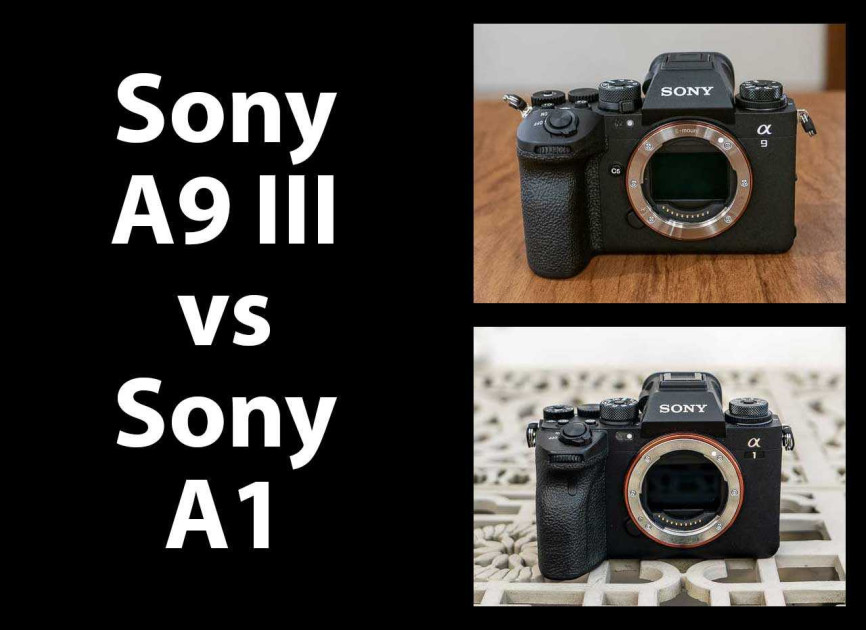
The Sony A9 III from 2023 is a 24 megapixel full-frame mirrorless camera that has a clear focus on providing as much speed as possible for sports and wildlife photography.
The Sony A1 from 2021 is a 50 megapixel full-frame mirrorless camera that’s designed to be be more of an all-rounder that excels at both stills and video.
We’re bringing you this Sony A9 III vs Sony A1 head-to-head comparison to help you choose between these two full-frame cameras.
You can also read our detailed Sony A9 III review and Sony A1 review to find out exactly what we think of each one in much more depth.
Sensor
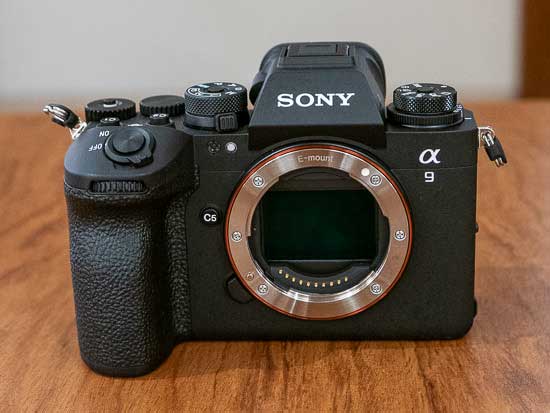
These cameras offer very different megapixel counts and also use very different sensor technologies.
The Sony A1 has a 35mm full-frame stacked Exmor RS CMOS sensor offering a resolution of 50.1 megapixels.
The Sony A9 III has a 35mm full-frame stacked Exmor RS CMOS sensor offering a resolution of 24.6 megapixels.
So if resolution is key, the A1 is clearly the better choice as it offers twice as many megapixels.
Both models have a stacked CMOS sensor with integral memory, which delivers faster performance and much faster burst speeds than cameras without.
Global Shutter
The key difference between them is a big one though – the A9 III uses the world’s first ever 35mm full-frame global shutter image sensor, while the A1 has a more conventional progressive sensor design.
So whereas the A1 reads out the sensor line by line, a global shutter allows the A9 III to instantly read the entire sensor in one go.
This has a number of important benefits. It virtually eliminates rolling shutter in video, distortion of movement if the subject moves quickly across the frame, and flicker and banding under artificial lights, whilst providing an incredibly high shutter speed of 1/80,000th second.
The technological leap to a global electronic shutter means that the A9III completely dispenses with a traditional mechanical shutter, while the A1 has both an electronic and a mechanical shutter.
Processor
Both the A9 III and the A1 use two of the very latest BIONZ XR processors, which offer 8x more processing power than the BIONZ X processor found in some older Alpha cameras.
ISO Speed
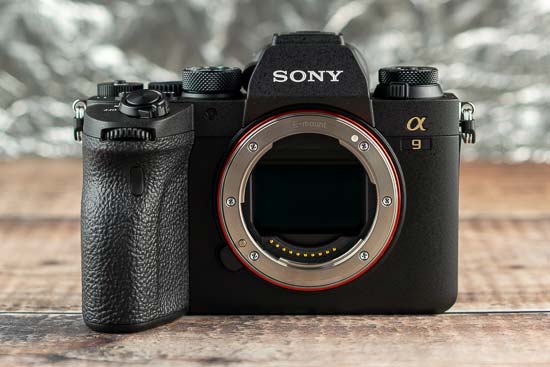
The native sensitivity range of the Sony A1 is ISO 100-32,000, which can be expanded down to ISO 50 and up to ISO 102,400.
The ISO range of the A9 III is 250-25,600, expandable to 125-51,200 for stills, as a characteristic of the global shutter sensor is a higher base ISO speed.
Pixel Shift Multi Shooting
The Sony A1 has a special multi-shot shooting mode in which it takes 16 different images that can then be combined using the Imaging Edge Desktop software to produce a single, 199-megapixel image.
Amazingly, you can even use flash during this process if required thanks to the new sensor’s fast readout speed.
The A9 III doesn’t offer this mode.
Video
The Sony A1 offers 8K/30p 10-bit 4:2:0 XAVC HS video recording with 8.6K oversampling, in addition to 4K 120p 10-bit 4:2:2 and Full HD at 240fps movie shooting capabilities, and can also output 16-bit Raw video over HDMI.
The A9 III features 6K oversampling for 4K 60p and 4K 120p without cropping, all distortion-free (no jello effect) in 10-bit 4:2:2 S-log3 / S-Cinetone, with Dynamic Active Mode stabilisation, breathing compensation and custom LUTS all available.
Autofocus
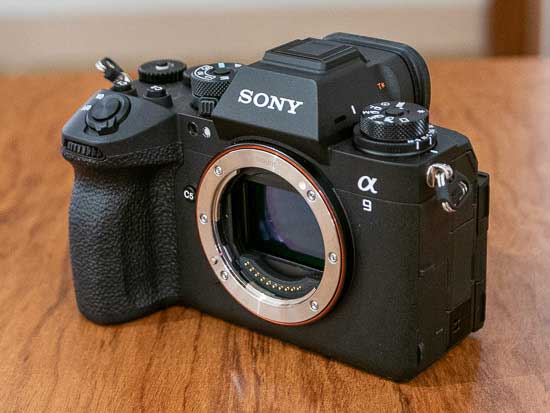
The Sony A1 has an AF system with 759 on-sensor phase detection points that cover approximately 92% of the image area and can auto-focus down to EV-4 in low light.
The Sony A9 III’s AF system also has 759 on-sensor phase detection points, but they cover approximately 95% of the image area and it can focus down to -5EV.
The biggest difference between the two models in terms of their auto-focusing performance is subject recognition.
This is because Sony has added an AI deep learning processing unit to the newer A9 III camera which enables it to recognise more subjects than the Alpha 1, and also greatly improves the detection of humans and animals/birds.
The A9 III can recognise a human via its pose as well as its eye and face. So if the person’s head is turned away from the camera, it will still accurately detect the subject as human based on its AI deep learning.
It can also recognise animals, birds, insects, airplanes, and cars/trains. In the latter category, it is now capable of focusing on helmets, it can recognise the eyes of some grazing and small animals, and more easily pinpoint the eyes of a variety of bird types as well as recognising bird bodies.
A new Animal/Bird setting on the A9III eliminates the need to switch between those settings to shoot animals or birds.
Burst Shooting
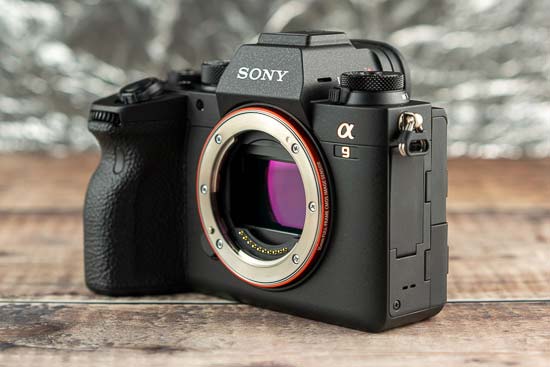
If you want fast burst shooting, the Sony A1 takes things to a whole other level by being able to shoot at an astonishing 120 frames per second for 192 frames / 1.6 seconds at full 24 megapixel resolution for both JPEG and 14-bit Raw formats with full-time AF/AE and no blackout between frames.
The Alpha I is no slouch either, shooting at up to 30fps with the electronic shutter for 165 JPEGs or 155 compressed RAW images before the recording rate slows down, although the top speed is still only 10fps when using the mechanical shutter.
Pre-capture is a new feature on the A9 III that we’ve seen before on other manufacturers’ cameras, but is a first for Sony. When activated, up to 120 frames per second are temporarily stored while the shutter button is half-pressed, and up to 1 second before can be captured once the shutter is fully pressed, providing a degree of leniency for fast-moving action.
The Continuous Speed Shooting Boost function provides an easy way to engage the headline-grabbing 120fps burst mode – yes, 120 frames per second for 1.6 seconds at full 24 megapixel resolution for both JPEG and 14-bit Raw formats with full-time AF/AE! – at the press of a button, if you’re not already shooting at 120fps.
Shutter Speed
The A1 has a very fast maximum shutter speed of 1/32,000th second thanks to its electronic shutter (1,8000th with the mechanical shutter), but the A9III ups the ante by offering an even more impressive 1/80,000th shutter speed for stills.
Note that for the moment the maximum shutter speed is 1/16,000th second when the A9 III is set to any burst shooting mode, even the Low setting. This will apparently be changed to 1/80,000th sec in March 2024 via a firmware update.
Flash Sync Speed
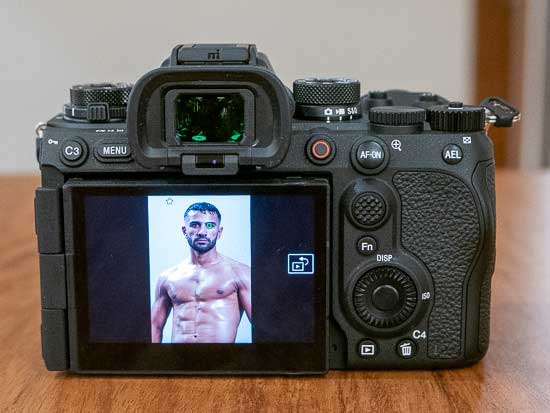
Flash-sync is available at any shutter speed up to 1/80,000th sec on the A9 III thanks to its global shutter, completely eliminating the need for a high-speed flash sync setting,
This potentially allows the photographer to overpower the sun and control the background exposure even at midday at base ISO with a high shutter speed, and just use a small, affordable flashgun as a fill-in light.
In comparison the A1 has a flash sync speed of 1/400 sec when using the mechanical shutter and 1/200th for the electronic shutter, which is much more typical.
Body
The A9 III is wider and but a little lighter than the A1, measuring 136.1 x 96.9 x 82.9 mm and weighing 702 g / 1 lb 8.8 oz, versus 129 x 97 x 81 mm and 737 g / 1.62 lb on the A1.
Sony have significantly tweaked the design of the A9 III’s hand-grip, which is larger than its predecessors and perhaps more importantly spaced further away from the lens mount, which allows for more room for your fingers to curl around the grip without touching the attached lens.
Other subtle changes to the A9 III include moving the shutter button slightly forward to better facilitate its release, and a new custom button (C5) on the front of the camera.
Viewfinder
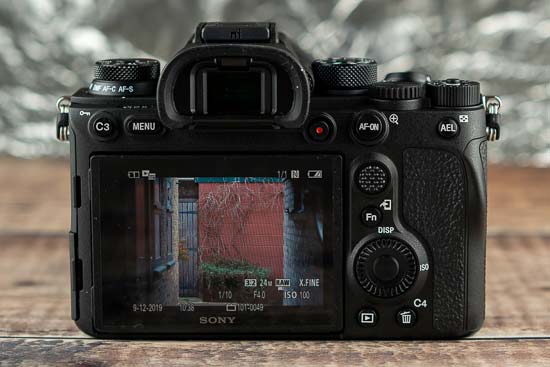
Both models offer exactly the same class-leading 9.44M-dot OLED Quad-XGA electronic viewfinder with 0.90x magnification and a refresh rate of up to 240fps.
LCD Screen
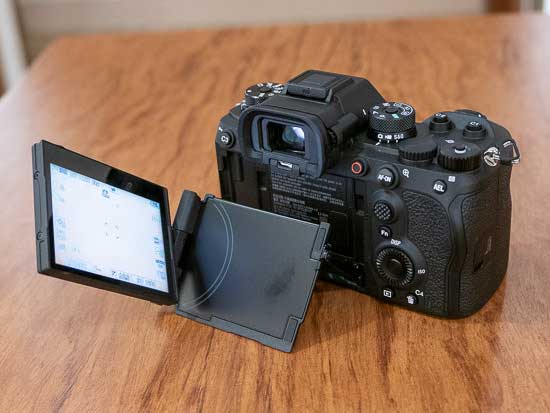
The A9 III inherits the 3.2-inch, 2095K dot resolution, 4-axis LCD screen from the A7R V which is unique to Sony. It can be flipped out to the side, rotated to the front, folded against the back of the camera to help protect it, and set to many other positions in-between.
The A1 has a 3-inch, 1,440K-dot resolution LCD screen which can be tilted up to 41° downwards to shoot over crowds or up to 107° upwards, but not forwards or out to the side.
IBIS
Both cameras have 5-axis optical in-body image stabilisation that corrects for pitch and yaw shake.
Thanks to a newly redesigned stabilisation unit, the A9 III offers up to 8 stops of in-body stabilisation, making it the most capable Alpha camera in this regard.
The Sony A1 has a stabilisation unit which only offers up to 5.5 stops of in-body stabilisation.
The A9 III also benefits from having two electronic stabilization modes for video recording. There’s a special Active Mode that increases stabilization for hand-held movie shooting by using the BIONZ XR processors.
Providing even more compensation at the expense of an increased crop factor is the new Dynamic Active Mode, which improves the stabilisation by more than 30% over the Active Mode.
Memory Cards
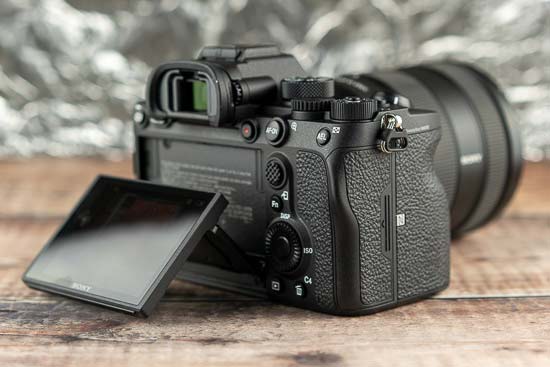
As you would expect from a modern professional camera, both models have dual memory card slots.
Both slots on both cameras can be used for either SD UHS-I/II compliant memory cards or faster, but more expensive, CFexpress Type A cards.
Battery Life
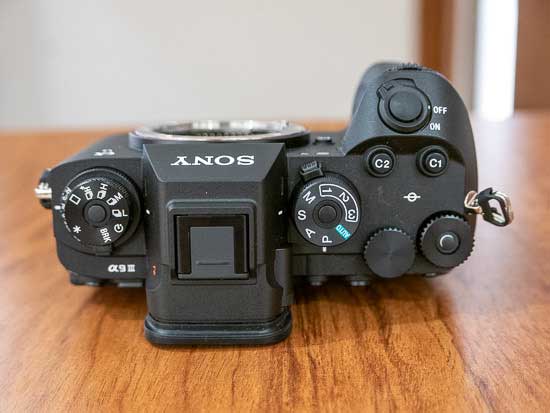
The Sony A9 III uses exactly the same large capacity NP-FZ100 battery as the A1 model.
The A1 is capable of recording 530 shots per charge when using the LCD monitor and 430 shots when using the EVF.
The A9 III’s battery life is very similar, being officially rated for 530 shots using the LCD screen and 400 when using the EVF.
Both cameras can also be powered and charged via a USB connection, which is useful if you’re out and about and have a compatible powerbank to plug the camera into, and both use the newer USB-C variant.
Price
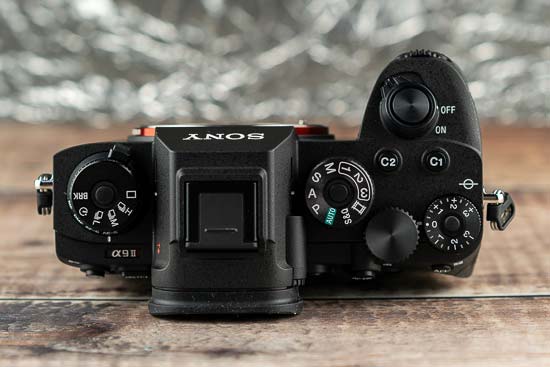
The Sony A9 III is priced at £6100 / $6000 / €7000 body-only in the UK, US and Europe respectively.
The Sony A1 had an RRP of £6,500 / $6,500 in the UK / US when it was launched in 2021, a price that it still commands today.
Conclusion
Choosing between the new Sony A9 III and the A1 really comes down to the amount of resolution that you’ll need and the kind of subjects that you photography. The A9 III is very much skewed towards capturing sports and wildlife, whereas the A1 is much more of an all-rounder.
So what do you think? Would you choose the Sony A1 or the A9 III, and why? Leave a comment below!
Your Comments
Credit : Source Post






